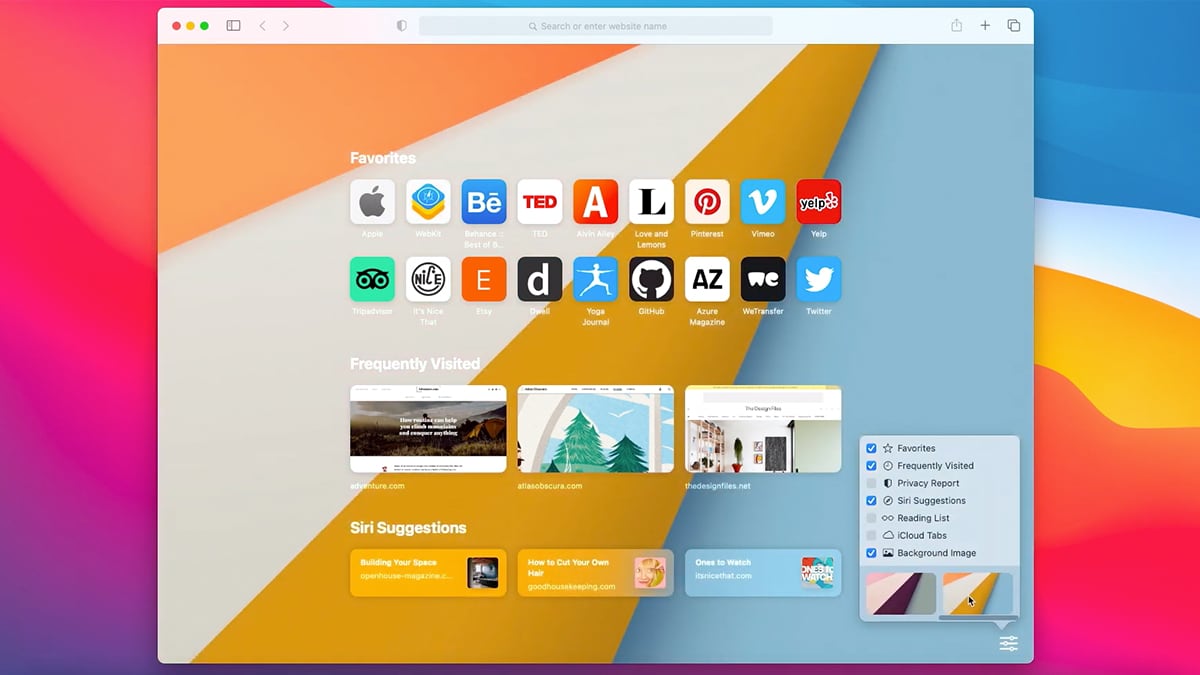
Safari Brings Face ID, Touch ID, WebP, and HDR Support on iOS 14 and macOS Big Sur
- Apple is bringing much-needed improvements to Safari by opening it up to third-party standards and codecs.
- Among other features, Face ID and Touch ID could now be utilized by Web developers, protecting you against phishing.
- Safari 14 will support HDR videos for the first time; However, support for the VP9 codec is (strangely) still missing.
This year’s WWDC is in full swing, which means that each new day brings plenty of news about Apple’s software plans. Yesterday, Safari was put under the spotlight, with the Cupertino-based company unveiling tidbits about the upcoming version of its Web browser for iOS and macOS. This year around, Safari 14 is poised to bring plenty of changes for both Web developers and regular users, and this goes much deeper than its brand-new interface.
As many of you already know, individual iOS apps allow you to log in using Face ID and Touch ID, which is used to authenticate your identity. On macOS, Apple uses this technology to enable you to access your iCloud Keychain and automatically input your credentials. However, once Safari 14 comes out later this year, Face ID and Touch ID will be integrated with the Web browser. This will happen thanks to a new API called Web Authentication.
This process works by allowing users to enable Face ID and Touch ID authentication after logging in to a website for the first time using a username and password. In some cases, two-factor credentials will be required as well, meaning that websites could ask via pop-up notifications to enable biometric authentication the next time you visit the site. As such, this makes logging in as streamlined as possible. However, the new API also comes with improved security as it becomes resistant to phishing.
Apple's WWDC20 Keynote Screenshot (Image Courtesy of Apple).
When it comes to other features, Safari 14 finally adopts the WebExtension API that’s also present in practically all other major Web browsers, including Chrome, Firefox, and Edge. This standard allows developers to create cross-platform extensions. In other words, we expect to see Safari 14 with plenty of new extensions, as porting them from other browsers is now a possibility. Developers will need to use Xcode 12 for this purpose, with the goal of offering their native Safari 14 extensions via the App Store.
Then, there’s support for the WebP image format created by Google. In contrast to JPEG and PNG (two of the most common formats used today), WebP enables transparency in images while also bringing a much smaller file size.
And finally, Safari 14 will be able to play HDR videos - for the very first time. However, it’s interesting to note that Apple has decided to finally support the VP9 codec via apps for iOS 14 and tvOS 14, which means that streaming 4K videos via YouTube will be possible. As of now, this functionality isn’t supported in Safari, which looks odd - and this means that playing 4K videos via YouTube on this Web browser is still unavailable. We hope to see the VP9 codec supported natively by Safari 14 before its rolls out, which we’re sure is one of the most user-requested features.
All of the changes found above will be available once iOS 14 and iPadOS 14 come out later this year. And of course, they’ll be included in macOS Big Sur as well. To get a deeper look at what’s new about Safari 14, make sure to check the official technical documentation.








